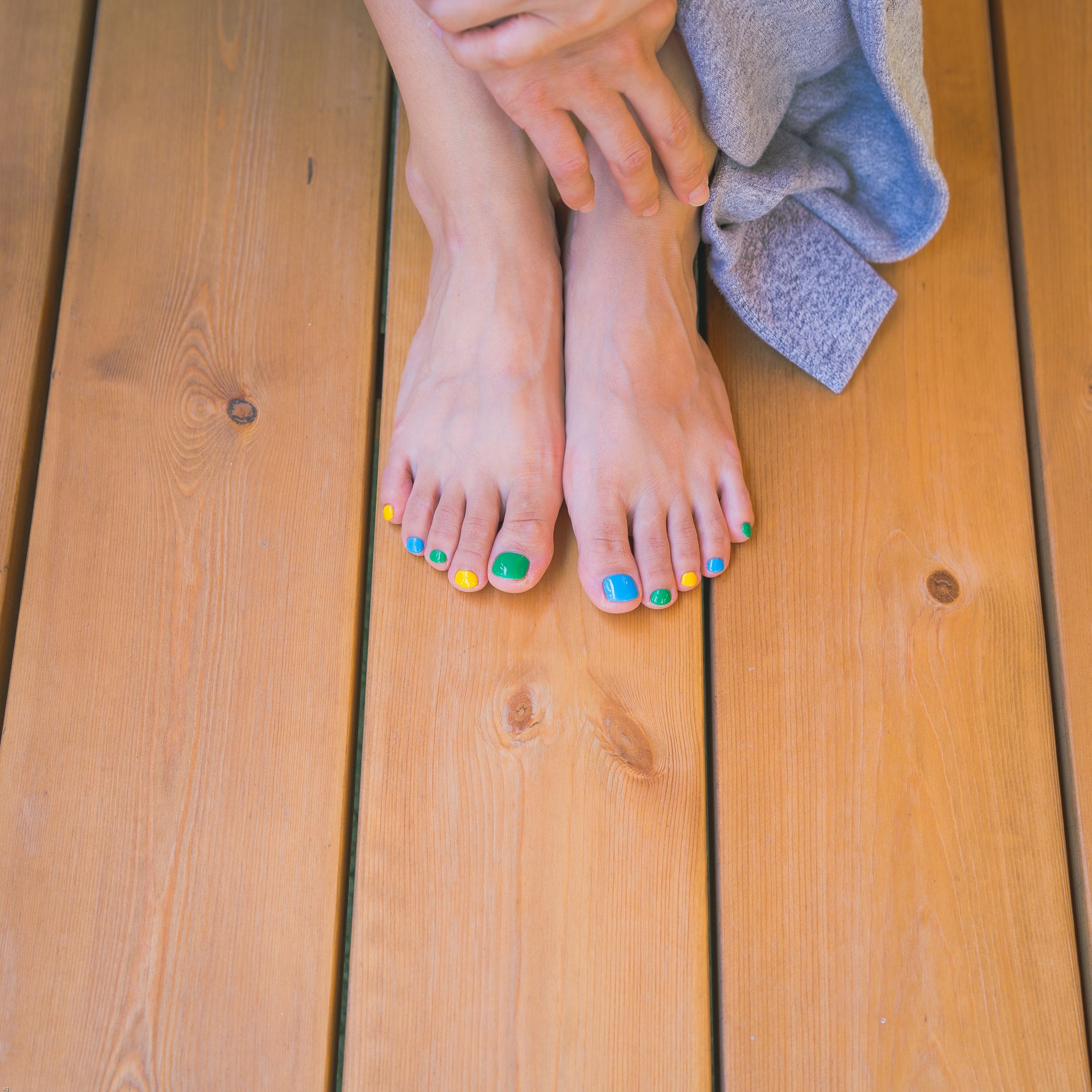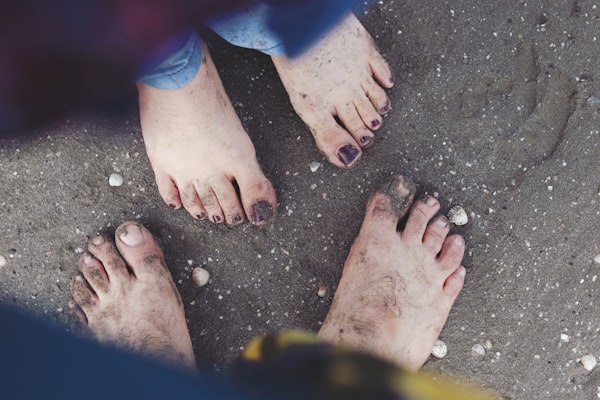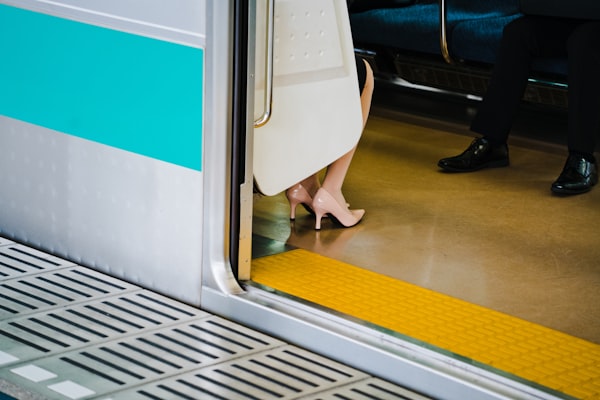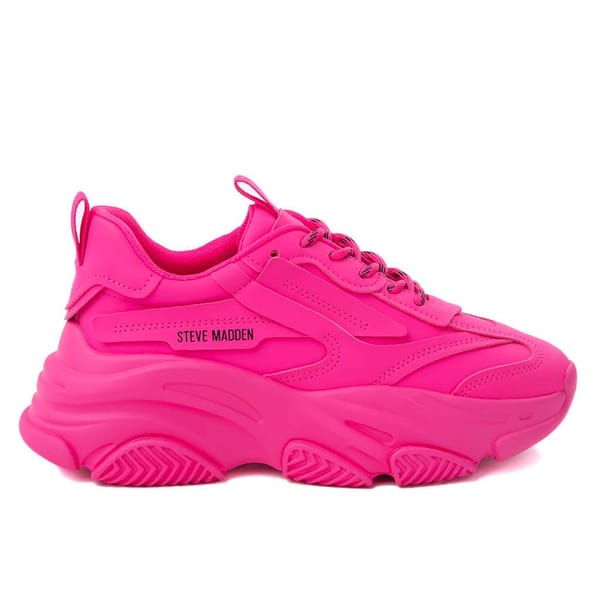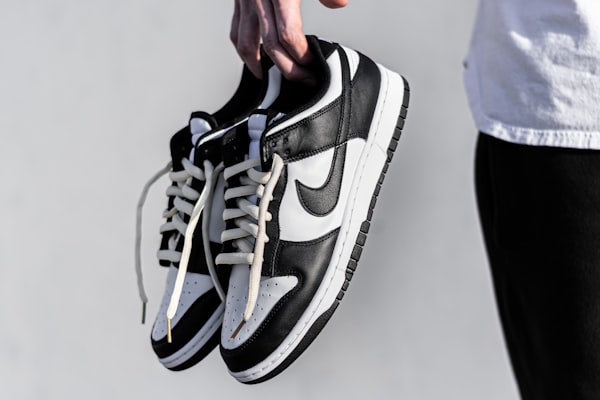Are you itching to reclaim your freedom and slip into your favorite shoes after a toenail removal procedure? Hold on to your sandals because we're about to dive into the ultimate guide for all you toe enthusiasts!
Imagine this: you've patiently weathered the storm of toenail troubles, bid farewell to that troublesome toenail, and now, you're eager to step out in style. But there's a lingering question: how long after toenail removal can you confidently slide your feet into those fabulous shoes again?
We understand your desire to stride confidently, whether it's stilettos, sneakers, or loafers you have in mind. Whether you're gearing up for a special occasion, planning a casual day out, or just eager to unleash your inner fashionista, the timing of when you can comfortably wear shoes post-toenail removal can be the difference between cautious steps and a triumphant walk.
In this toe-tapping journey, we'll unravel the secrets to navigating this delicate transition. We've got you covered, from tips on caring for your recovering toes to when embracing your beloved footwear is safe.
Understanding Toenail Removal Recovery
Toenail removal, medically referred to as "nail avulsion," is a procedure performed by healthcare professionals to remove part or all of a toenail. This process typically involves numbing the affected toe with a local anesthetic to minimize pain and discomfort. Once numb, the nail is carefully lifted and separated from the nail bed using specialized tools or chemical agents. In some cases, the entire nail is extracted; in others, only a portion is removed, depending on the underlying issue.
Understanding why toenail removal becomes necessary is key to appreciating the importance of the recovery process. Some common reasons for toenail removal include:
- Ingrown Toenails: When a toenail grows into the surrounding skin, it can cause pain, swelling, and infection, often requiring partial or complete removal.
- Fungal Infections: Severe and persistent fungal infections that don't respond to topical treatments may necessitate the removal of the affected nail to facilitate effective treatment.
- Trauma or Injury: In cases of severe trauma or injury to the toenail, such as a heavy object falling on the toe, the nail may be damaged beyond repair and need removal.
The road to wearing shoes comfortably after toenail removal begins with the crucial recovery phase. Just as a masterful fashion ensemble requires attention to detail, your post-toenail removal care demands equal consideration. Recovery ensures proper healing and sets the stage for a seamless transition back into your favorite footwear.
Timing is Everything
Now that we've laid the groundwork for understanding toenail removal let's pivot to the critical aspect of timing in the process of reclaiming your shoe freedom. Timing is everything, and this holds true when it comes to wearing shoes after toenail removal.
Timing plays a pivotal role in your recovery journey. Wearing shoes too soon after toenail removal can potentially lead to a host of complications. Having undergone a delicate procedure, the toenail area requires time to heal correctly. Rushing into footwear prematurely may result in:
- Pain and Discomfort: The surgical site can remain tender and sensitive for some time. Wearing shoes too early can cause unnecessary pain and discomfort.
- Infection Risk: Open wounds, even when healing, are susceptible to infection. Shoes can trap moisture and bacteria, increasing the risk of infection.
- Delayed Healing: Prematurely wearing shoes may slow down the natural healing process. Toenail regrowth, if applicable, can be impeded by undue pressure.
Toenail removal is not a procedure to be rushed through. Patience is your ally here, and a measured approach to timing ensures your recovery is smooth and uneventful.
While we understand the excitement of slipping into your favorite pair of shoes, we cannot stress enough the importance of patience during this recovery phase. Your toes have been through their own journey, and they deserve the time and care to heal correctly.
Caring for Your Toes
Your journey to confidently wear shoes again after toenail removal involves more than just timing. It also requires proper care and attention to ensure a smooth recovery process. Let's talk about essential tips on post-toenail removal care, the importance of keeping the surgical area clean and infection-free, and proper dressing and bandaging techniques.
Tips for Post-Toenail Removal Care
- Follow Medical Advice: Always adhere to the post-surgery instructions provided by your healthcare professional. These instructions are tailored to your case and crucial for a successful recovery.
- Elevate Your Foot: Keep your foot elevated above heart level whenever possible. This helps reduce swelling and promotes better blood circulation to the surgical site.
- Keep an Eye on Healing: Regularly inspect the surgical area for signs of infection or abnormal healing. Notify your healthcare provider immediately if you notice any redness, excessive swelling, or discharge.
How to Keep the Surgical Area Clean and Infection-Free
- Gentle Cleansing: Clean the surgical area with mild soap and lukewarm water as per your healthcare provider's recommendations. Avoid harsh or scented products that may irritate the skin.
- Pat Dry: After cleaning, pat the area dry gently with a clean, soft towel. Avoid rubbing, as it can irritate the sensitive skin.
- Avoid Immersion: While it's tempting to soak your feet, avoid immersing them in water (like in a bathtub or swimming pool) until your healthcare provider gives the green light. Moisture can increase the risk of infection.
Proper Dressing and Bandaging Techniques
- Use Sterile Dressings: If your healthcare provider has recommended dressing changes, ensure you use sterile gauze or bandages. Always follow their instructions on how to apply and change dressings.
- Keep It Dry: Ensure the surgical area remains dry. If you must wear a dressing, secure it to minimize contact with moisture.
- Loose-Fitting Footwear: When it's time to reintroduce shoes, opt for styles that won't put pressure on the surgical area. Loose-fitting, breathable footwear prevents friction and allows for proper healing.
By following these care guidelines, you're enhancing the recovery process and ensuring a safer transition back to wearing shoes.
Signs of Healing
As you navigate the post-toenail removal recovery journey, it's essential to watch the signs that indicate your toes are healing well. Recognizing these positive indicators is crucial for a successful and trouble-free recovery. Let's discuss the signs of healing you should look for and what to monitor to avoid potential complications.
Signs that Indicate Your Toes Are Healing Well
- Reduced Pain: One of the first signs of healing is a reduction in pain and discomfort. As your toe heals, you should experience less tenderness and soreness around the surgical area.
- Decreased Swelling: Swelling is a natural response to surgery but should gradually subside as the healing process progresses. Less swelling indicates that your body is healing as it should.
- Pink or Normal Color: The color of the skin around the surgical site should gradually return to its normal, healthy shade. A pink or flesh-tone appearance is a positive sign.
- No Discharge: Discharge or excessive fluid around the surgical area can indicate infection. If you notice any pus or unusual discharge, it's essential to seek medical attention promptly.
- Intact Dressing: If you have dressings or bandages in place, they should remain intact and clean. Any soiled or dislodged dressing should be changed following your healthcare provider's instructions.
What to Watch Out for to Avoid Complications
- Persistent Pain: While some initial discomfort is expected, persistent and severe pain may indicate a problem. Contact your healthcare provider if your pain worsens or doesn't improve over time.
- Increased Swelling: An increase in swelling, especially accompanied by redness, could be a sign of infection. Contact your healthcare provider if you notice these symptoms.
- Infection Symptoms: Be vigilant for any signs of infection, such as warmth, redness, pus, or an unpleasant odor around the surgical area. If you suspect an infection, seek medical attention immediately.
- Delayed Healing: If you notice that your toe is not progressing as expected in terms of healing, toenail regrowth, or the resolution of the issue that led to the removal, consult your healthcare provider for guidance.
You can play an active role in your recovery by monitoring these signs of healing and remaining attentive to any potential complications. Remember that communication with your healthcare provider is critical, and any concerns or questions should be addressed promptly to ensure a smooth transition back to wearing shoes comfortably.
Gradual Transition to Shoes
Now that you've patiently nurtured your toes through the healing process, it's time to discuss the eagerly anticipated moment of stepping back into your favorite shoes. However, just as a well-choreographed dance requires careful steps, so does your return to footwear after toenail removal. Let's explore when it's safe to start wearing shoes again, choosing the right type of shoes for different stages of recovery, and tips for getting the proper fit.
When is it Safe to Start Wearing Shoes Again?
- Consult Your Healthcare Provider: The golden rule for determining when it's safe to wear shoes post-toenail removal is to consult your healthcare provider. They will assess your healing progress and provide personalized guidance.
- Absence of Signs of Infection: Ensure there are no signs of infection, such as redness, discharge, or excessive swelling, around the surgical area. Only consider wearing shoes when your toe is free from any concerning symptoms.
Choosing the Right Type of Shoes for Different Stages of Recovery
- Early Stages (Immediately After Removal): In the initial stages of recovery, consider open-toed or roomy footwear that minimizes contact with the surgical area. Sandals or flip-flops may be suitable to prevent friction.
- Mid-Stages (During Healing): As your toe continues to heal, opt for shoes with a wide toe box to accommodate any residual swelling or sensitivity. Avoid tight-fitting or pointed shoes that may cause pressure.
- Late Stages (Full Healing): Once your toe has fully healed, you can gradually transition back to regular footwear. Ensure your shoes offer adequate cushioning and support for comfort.
Tips for Getting The Proper Fit
- Prioritize Comfort: Regardless of the stage of recovery, comfort should be your top priority. Your toes have been through a lot, and wearing comfortable shoes is essential to prevent discomfort or setbacks.
- Proper Fit: Ensure your shoes provide a proper fit. Too tight shoes can cause pressure and friction, potentially leading to issues. Opt for shoes that allow your toes to move naturally without constriction.
- Support and Cushioning: Look for shoes with good arch support and cushioning, as these features can enhance your overall comfort and reduce the strain on your feet.
Remember that your toes have undergone a significant transformation, and their comfort is paramount as you return to wearing shoes. Gradual progression and suitable footwear choices will help you stride confidently into this exciting phase of recovery.
Additional Tips for a Smooth Transition
- Go Gradual: Even when wearing shoes is deemed safe, don't rush the process. Gradually increase your time in shoes each day to allow your toes to adapt comfortably.
- Consider Orthotics: If you have specific foot conditions or require extra support, orthotic insoles can be a great addition to your shoes for added comfort and stability.
- Maintain Good Foot Hygiene: Continue practicing good foot hygiene, including trimming your toenails (if applicable) and cleaning to prevent future issues.
- Avoid Tight Footwear: Never compromise on the fit of your shoes. Tight shoes can cause unnecessary pressure and discomfort, potentially leading to setbacks.
- Say No to High Heels: Steer clear of high-heeled shoes, as they can put excessive pressure on your toes and the surgical area. Opt for flat or low-heeled footwear for added stability.
- Monitor for Any Signs of Trouble: Throughout the transition phase, remain vigilant for any signs of discomfort, pain, or unusual symptoms. If you experience any issues, consult your healthcare provider promptly.
- Consult your Healthcare Professional: your healthcare provider is your best ally in this journey. Regularly communicate with them about your progress, concerns, or any new symptoms that may arise. They can provide tailored advice and address any unexpected issues, ensuring your transition to wearing shoes remains as safe and comfortable as possible.
On a Final Note
As your toes transition back into the shoe game, remember patience pays off in style. So, step out confidently, put your best foot forward, and let your toes do the talking! Whether you're strutting your stuff at a formal event, taking a stroll with friends, or embracing the thrill of spontaneous adventures, your choice of footwear is your secret weapon.
Here's to walking the walk and wowing the world, one stylish step at a time. Let each step be a testament to your resilience, fashion sense, and unique style. So, as you lace up, slip on, or buckle up those shoes, go forth and conquer the world with your newfound shoe wisdom.
Happy shoe-ing, fellow fashion fans! May your toes tread confidently on the path of both comfort and style, leaving a trail of fashionable footprints wherever you roam.
Related Articles





